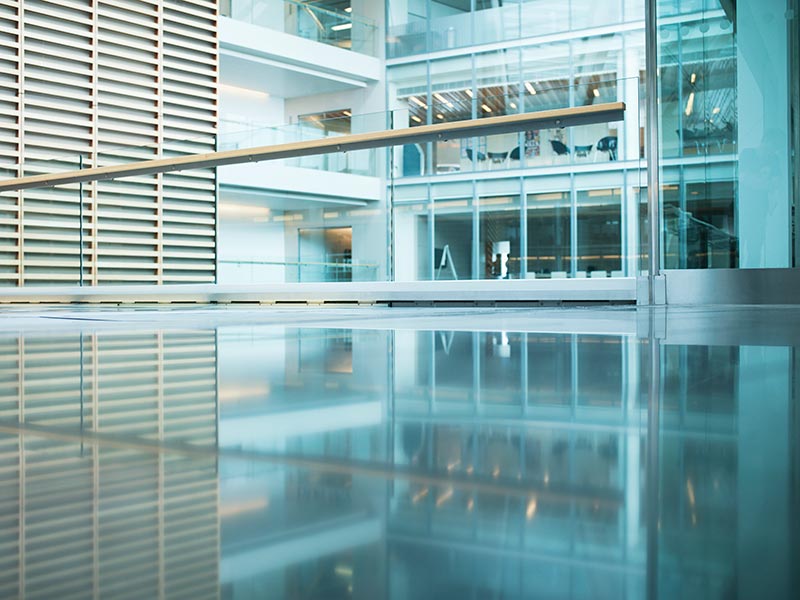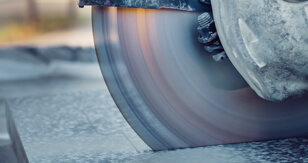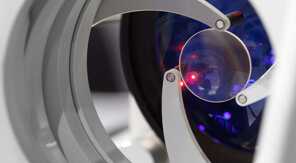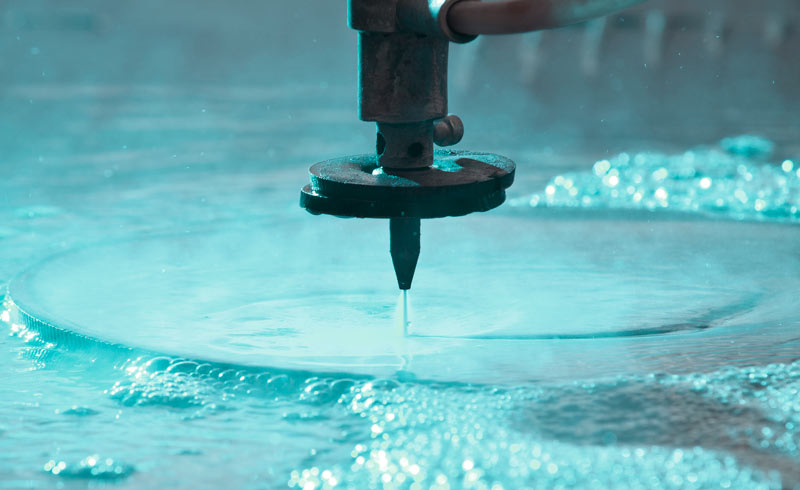

Choosing Bent Glass vs. Flat Glass for Your Fabrication Line
The bent glass market is growing at twice the rate of flat glass. However, flat glass will always be in demand as it’s used for everyday applications in nearly every industry. With the flat and bent glass markets in mind, fabricators may be wondering whether to expand their capabilities with a bent glass or flat glass tempering furnace—or both. Whether you’re looking to scale production or meet diverse customer needs, here’s what you need to know.
Glass Bending Furnace Applications
A glass bending furnace, such as our A7 glass bending furnace, fabricates bent/curved glass with specialized equipment that controls temperature, pressure and shaping. It’s ideal for fabricators who want to tap into more decorative glass markets or automotive industries, as bent glass designs are used for applications such as:
- Architectural facades
- Revolving doors and entrances
- Shower and bath enclosures
- Automotive windshields
- Railings and decorative installations
Flat Glass Tempering Furnace Applications
A flat glass tempering furnace, such as our A-Series, is perfect for fabricators who want to provide both residential and commercial customers with pragmatic glass products that will always be in demand, such as:
- Large and small windows
- Skylights
- Storefronts
- Office partitions
Pros and Cons of Flat Glass vs. Bent Glass
Fabricators can take a good look at current customer wants and needs while considering any audiences or industries they’re looking to expand into. Flat and bent glass have different benefits and downsides, which can help you determine what type of equipment to get to best meet your fabrication goals.
Flat Glass Pros and Cons
Typically, flat glass is a more cost-effective solution for customers and is easier for workers to install. It also has universal applications and can provide wide, uninterrupted views.
However, flat glass is more prone to glare and reflections. It’s also unable to provide multiple design features or options and depending on the application, can be less structurally sound than bent glass.
Bent Glass Pros and Cons
Bent glass is often used for aesthetic appeal to enhance architectural and interior designs, as it can achieve a variety of curved shapes. Certain bent glass designs can also manipulate and redirect light for specific effects. It’s unlikely to produce glare or reflections and in some situations, provides more strength for structural integrity.
However, curved glass is often more expensive for customers and can require specialized expertise to install. Unintended distortion can also occur if the glass isn’t perfectly designed.
Determine Which Tempering Furnace Best Fits Your Line
Based on your customers’ needs and your business’s goals, we can help you choose the tempering furnace that makes the most sense. Whether you need a dedicated flat glass tempering furnace or glass bending furnace, or a multi-functional solution for both flat and bent glass, we can help you find the best fit. Contact HHH Equipment Resources today to discuss your production goals and let us guide you toward the right tempering furnace for your operation.






